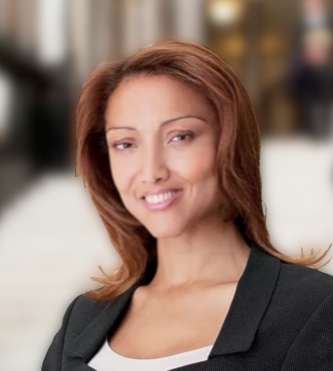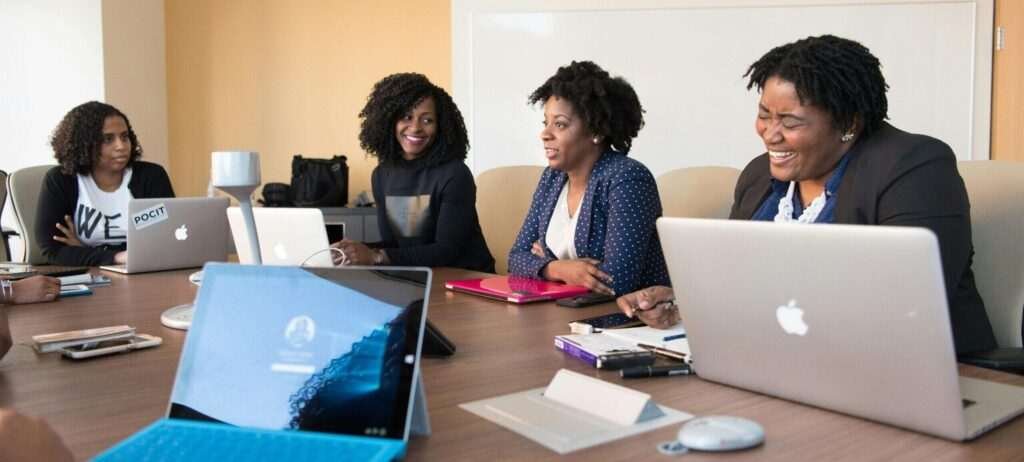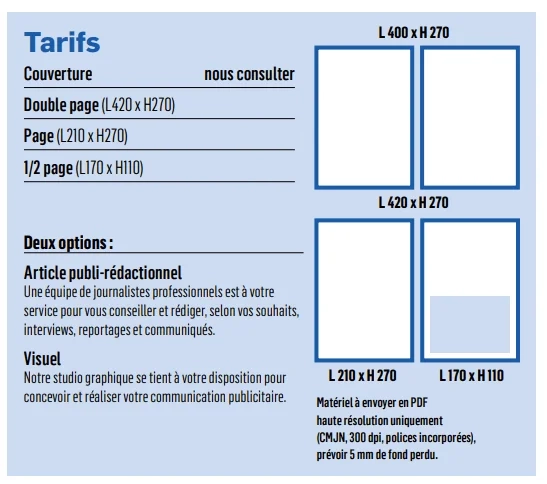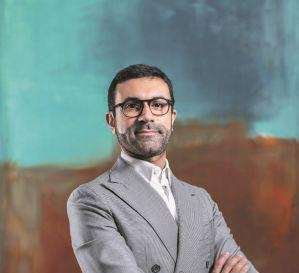
Interview with Hasnaine Yavarhoussen, Chairman and CEO of Filatex Group, a leading company in renewable energy, real estate, and free zones, based in Madagascar. This patron supports Malagasy culture and art through the HY Endowment Fund.
How does Groupe Filatex support the development of Madagascar?
We have been supporting the development of Madagascar for over 40 years, through three components.
The creation of skilled jobs. We are one of the groups that has created the most jobs in Madagascar, with nearly 20,000 skilled positions in eight years in our free zones in Antananarivo, which benefited from an expansion in 2020, and in Tulear—the first free zone outside the capital, where we operate an agricultural project, sources of income in a region severely affected by drought. The energy transition with our subsidiary Enelec, the country's leading private energy producer with a market share of 301,000 tonnes. Focused on solar power, this transition, already effective in Tamatave, Diego Suarez, Mahajanga, and Tulear, will be followed in 2022 by the deployment of innovative solutions in Antananarivo, Nosy Be, and Fort Dauphin, and a reduction of 55,000 tonnes per year in our CO2 emissions, thus supporting the government's action.
Social responsibility. For the past 10 years, through an innovative PPP, we have invested in the creation and beautification of new neighborhoods and public gardens, as well as a program focused on education and health, including hospital renovations and the creation of schools, accompanied by a school nutrition program. At the same time, we have created an Endowment Fund dedicated to contemporary art, an innovative contribution to a developing country.
For the first time, in 2019, Madagascar was represented through a national pavilion at the Venice Biennale, generating renewed interest among the population. As a result, a 300 m² space dedicated entirely to artists and exhibitions was opened in the capital, Hakanto Contemporary, with Joël Andrianomearisoa, the artist who exhibited in Venice, as artistic director.
What economic opportunities do you offer to local and foreign investors?
Three criteria are essential for the attractiveness of a free zone: the cost and quality of labor, accessibility to transport and energy infrastructure, and finally multilateral agreements.
Madagascar has an advantageous workforce as well as numerous trade agreements, strengthening its attractiveness with its main textile importers: the European Union, the United States and South Africa.
Madagascar is located on the Asia-Africa route Southern Europe. Based on this observation, we are developing, from 2021, a 120,000 m2 free zone giving companies direct access to infrastructure, including the largest port – Tamatave – and to set up quickly, at a lower cost, while benefiting from the economic and tax advantages of free enterprise status. To ensure access to clean energy, in 2020 we signed a protocol with the State for energy production using solar roofs installed in the Tananarive free zone, which will be the largest solar roof park in the Indian Ocean with 200,000 m2 of surface area and a capacity of 15 MWp.
How do you see your development on the African continent?
Our expertise can be exported to other countries on the continent. We are well aware of the issues: bankability, guarantees, government reliability, investment security. This advantage over our Western competitors should allow us to diversify and find local partners, particularly to increase our renewable energy production capacity on the continent. Africa can be an example of sustainable development by focusing on renewable energies. We have thus signed a PPA with guarantees and a concession in Côte d'Ivoire for a capacity of 66 MW. Work began in February 2021. We are finalizing an agreement with Guinea Conakry and Ghana, also on solar solutions. The African Continental Free Trade Area will make the offer even more competitive.
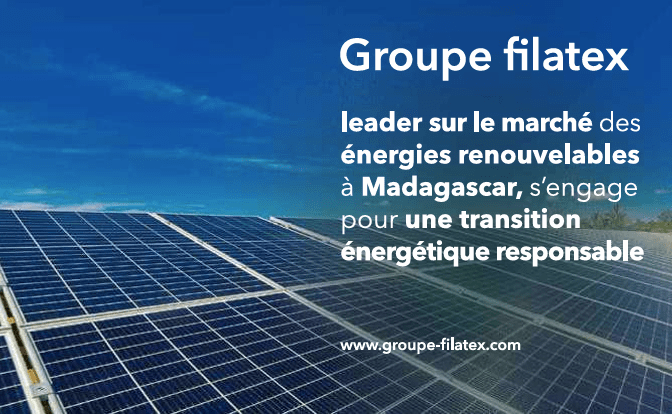








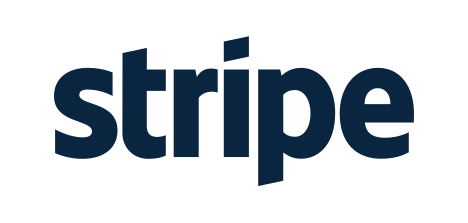








 A Seat That Transforms into a Bed
A Seat That Transforms into a Bed  In the world of air travel, economy class is often considered the most affordable option. However, at Air Afrika, we believe that affordability shouldn't mean compromising on quality of service. Our class
In the world of air travel, economy class is often considered the most affordable option. However, at Air Afrika, we believe that affordability shouldn't mean compromising on quality of service. Our class
